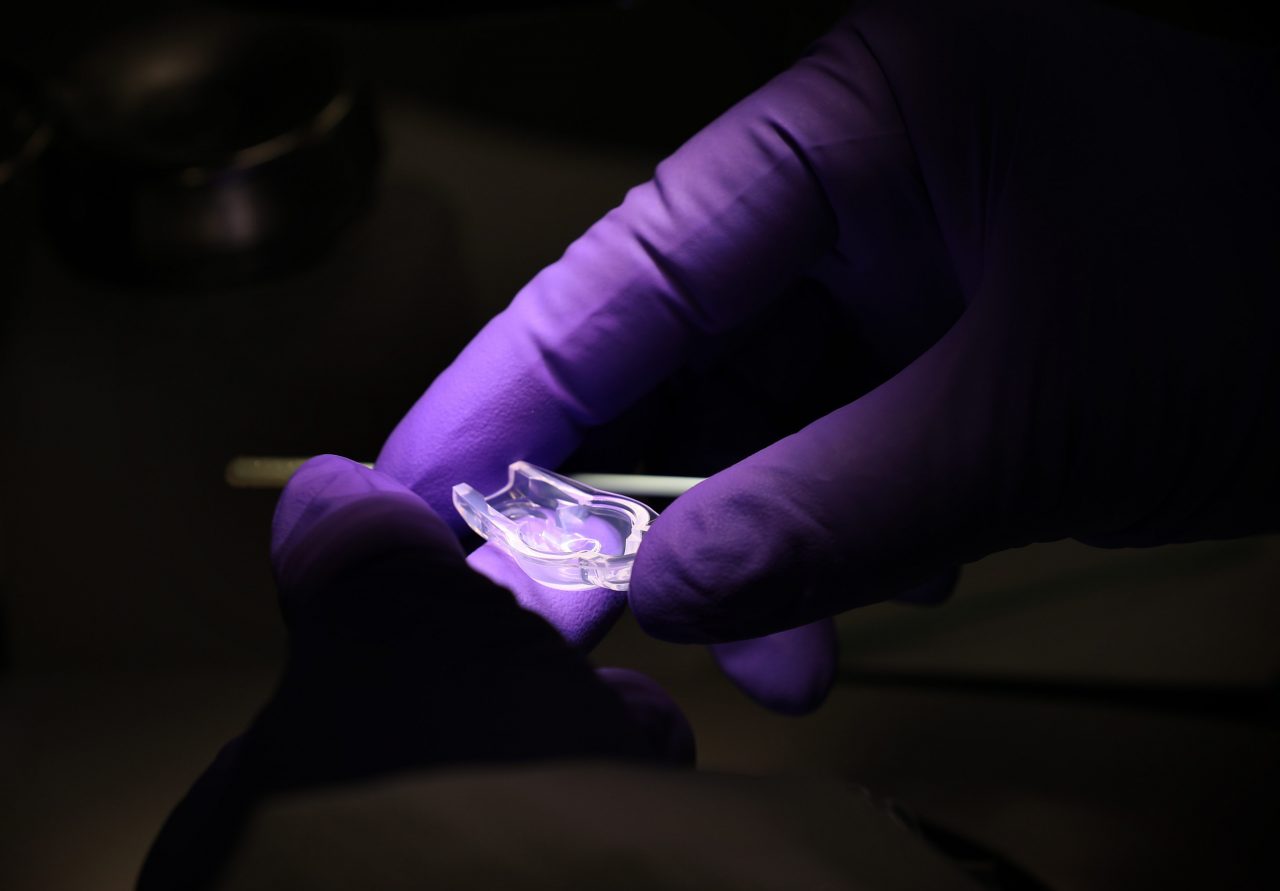Let’s start off by defining what we mean when we’re talking about designing for manufacturability. The meaning we use is: Manufacturability describes the degree to which a product can be effectively manufactured, given its design, cost, and distribution requirements. However, it’s a part of our entire process of bringing a new component or medical device to market. Our method is to think about the entire process of design, develop and deliver.
Right from the start, the design components and whether or not the design will allow for effective and efficient manufacturing is something we plan for. The design component affects everything that follows, and not preparing or designing effectively can lead to issues and delays. Trying to do this on your own, without a partner, can be close to impossible and, at least, exhausting. Let’s break down the reasons why.
Read more about our Flexacution method and how we can help bring your device to market. Contact us to get a quote.
Why a partner with DFM experience is so important
It’s a cliché now, but there are two words as to why having a partner in designing for manufacturability is so important: experience matters. At the start of the process, a partner with years of experience in DFM can be a guide to determine:
- Best method to manufacture. Sometimes there are so many options, it can be overwhelming. Are there small components involved? Do you need to have hands-on to put it together? Will fully automated work? These are just a few questions you need to consider, and a partner can come with answers ready.
- What software to use. Everything is digital these days and the machines are all run by computers, so the right software can make things more efficient.
- What materials to use. Depending on how the device or component will be used with patients determines what type of material you need to use. You also need to know the durability of the device. All the factors necessary to determine the right materials need to are brought to the table right at the start.
- Best vendors to utilize. Even a partner may need to further team up with other vendors to ensure the best outcome for you, the manufacturer, and the patients who will ultimately receive the medical device in some form or fashion.
- Anticipating pitfalls and problems early. The trial-and-error method was the standard for a long time before digital modeling and other methods came into being. Today, it’s best to plan ahead and make sure you anticipate problems and solve them early on. This brings the device to market faster and more cost-effectively. Speaking of which:
The cost-effectiveness factor
Let’s take a closer look at the idea of being more cost effective. A partner with experience understands the potential problems and pitfalls. You don’t want to sacrifice safety for costs, but you can limit expenses by designing for manufacturability. Your partner can spot potential problems that can add delays and increase costs early. Planning ahead reduces chances of late-stage redesign or even recalls once we have produced the product. This is why a medical device production partner with a holistic approach looks at the entire process to make things go as smoothly as possible.
The crucial speed and time to market
When innovation and helping patients are the key goals, getting to market quickly provides for faster, more effective innovation. The important thing to keep in mind is that all parties involved must match the speed with benefits to patients. This is why having a comprehensive design for manufacturing approach smooths out the process and can bring products to market faster and mitigate costs. A partner using a DFM process utilizing the right software can help with cost analysis and restrict or reduce the need to get quotes from vendors.
Flexan’s design for manufacturability process with our clients
From the very start, we help medical device manufacturers looking to launch a new product with design for manufacturability. Some factors that come into play at the start of our Flexacution process include:
- Reviewing and understanding the design.
- Selecting materials based upon the design requirements, keeping in mind all cost-adding processes.
- Deciding on a final manufacturing process in order to create tools for each part based on part geometry and projected volumes.
- Designing parts so that stock sizes can be selected to minimize material removal to reduce machining time.
- Carefully reviewing tolerances to assure proper fit, form, and function.
- Reviewing the complexity (cost) of a single part versus the assembly time for multi-part assemblies.
- Reviewing the design of assemblies with careful attention to assembly order, number of parts, and assembly time required.
- Minimizing the number of different sizes of hardware needed, thus reducing the tools required.
- Minimizing the number of assembly fixtures required.
- Tolerance testing parts so that they can be easily measured during incoming inspection.
- Reviewing safety for both the assembly process and the end-use by the customer when products contain electronics.
- Reviewing the product to ensure the proper production of labeling to ensure accuracy.
Flexan’s vast experience in processing, tooling and medical device manufacturing partnered with product and design experience will ensure compliance to your requirements, reducing the overall time to product launch.
Design for manufacturability has to be part of the discussion from the start
Like so many things, when it comes to medical devices, it benefits everyone involved if problems are solved even before the device is made. Every decision along the way affects time to market, costs and other factors and when innovating a new device, these are all crucial factors that need to be determined. The faster and earlier you determine the manufacturability of the device, the better.
At Flexan, we have 75 years of experience in this, and you can contact us to see how we can help you bring your device or device component to market.
